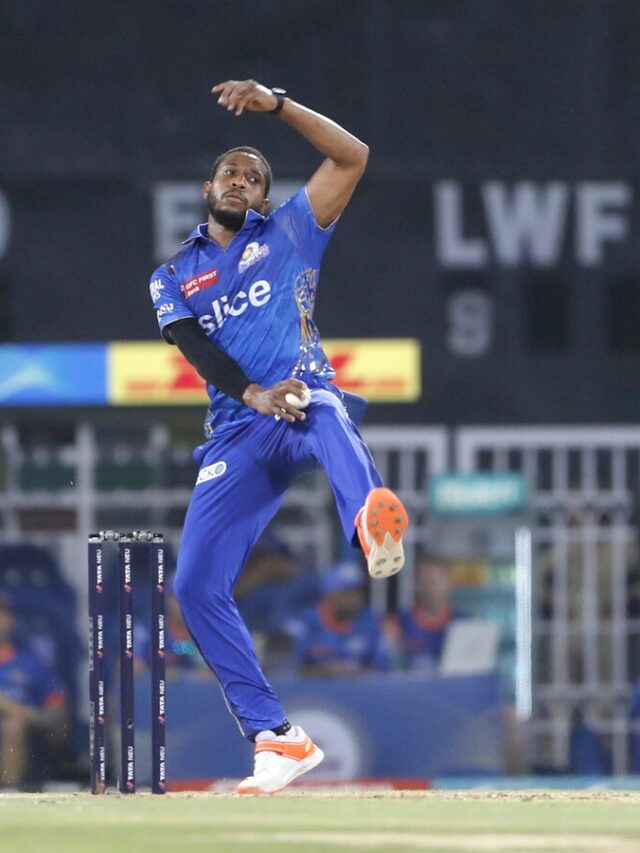Football has come a long way since its early days, and as new technologies emerge, the sport is bound to evolve even more. In this article, we’ll explore the impact of technology on football, examining the benefits and challenges of these advancements.
VAR (Video Assistant Referee) System
The VAR system is perhaps the most well-known technology in football. Since its introduction in 2016, VAR has transformed how the game is officiated and played at the highest level. The system involves a team of officials—a video assistant referee, three assistants, and four replay operators, who use video technology to assist on-field decision-making. With access to up to 33 camera feeds covering the matches plus two special offside cameras, the team helps review decisions regarding penalties, red and yellow cards, and goal decisions.
VAR technology has improved the accuracy of decision-making, reduced errors, and increased transparency, bringing a new level of fairness to the game. It has also helped to eliminate controversies and disputes arising from incorrect decisions made by the referee. However, the system is not without its criticisms. The review process often causes delays during matches, and there are still disputed decisions at times. Nevertheless, VAR technology has revolutionized football and is set to continue playing a crucial role in the future development of the sport.
Goal-Line Technology
Another significant technological innovation that’s been introduced to football is goal-line technology (GLT). It debuted in the 2014 FIFA World Cup in Brazil and has since helped referees make more accurate decisions regarding goals. This technology in football uses a combination of high-speed cameras and sensors placed around the goalpost to capture images of the ball from different angles. These images are then transmitted to a central computer which analyzes the data and creates a 3D image of the ball’s positions. If the ball crosses the line, the goal line technology sends out a notification alert to the referee’s watch to confirm the goal.
The impact of GLT on football has been immense. The system has helped reduce the number of controversial decisions in high-stake games, such as the World Cup finals. However, although it adds suspense to the game, as fans wait for the system’s confirmation of a goal, delays can also take away from the spontaneity and emotion of the moment. Despite these reservations, goal-line technology has proven to be a crucial addition to
modern football, making it a fairer and more accurate sport.
Wearable Technology
Wearable technology is another area where football has seen advancements in recent years. The tech is usually in the form of small, portable devices such as GPS trackers, heart rate monitors, and accelerometers. Players wear these devices during training and matches to track various metrics on their fitness and performance. As a result, wearable tech has become an essential tool for coaches, trainers, teams, and players.
With the vital data collected from these devices, coaches can monitor players’ physical conditions and adjust training regimes accordingly. This tech also helps coaches identify potential injuries before they occur, preventing long-term damage and reducing recovery time. At the team level, it has helped in analyzing and identifying areas for improvement, leading to better team performances on the field. Additionally, fans can now access this data, making the sport more engaging and immersive.
Smart Stadiums
Smart stadiums are revolutionizing the way football fans experience live matches. With technologies such as Wi-Fi, mobile apps, and connected devices, smart stadiums provide football lovers with real-time information regarding the game, player stats, and scores. The tech has also helped manage crowd flow and improve security, ensuring fan safety during matches. But it goes beyond just providing information. Fans can now order refreshments during games, and smart seating technology ensures they can easily find their seats.
These stadiums are changing the game for football fans, providing a more immersive atmosphere during matches. With devices such as the referee smartwatch and the smart ball, smart stadiums offer spectators and players new opportunities for engagement and entertainment. In addition, by leveraging these techs, teams can build stronger connections with their fanbase, leading to increased loyalty and revenue.
Future of Football Technology
As technology continues to evolve, football is sure to experience even more significant changes in the future. With emerging technologies such as Virtual and Augmented Reality (VR/AR), fans of the sport can enjoy a more immersive and interactive viewing experience. The possibilities for the future are endless, from multisensory VR headsets to holographic pitch additions and more. Another exciting tech is Artificial Intelligence (AI), which has the potential to revolutionize football analytics. By processing vast amounts of data, AI will help provide valuable insights into player performance, identify patterns and trends, and improve decision-making.
However, integrating new technologies into football presents significant challenges, such as cost and resistance to change. There is also a risk of overreliance on technology which could take away from the spontaneity and unpredictability that makes the sport exciting. Finding the right balance between innovation and tradition will be crucial to integrate future technologies into football successfully.
Conclusion
Technology has and will continue to have a significant impact on football. From VAR systems improving the accuracy of decisions to wearable football technology tracking players’ fitness and performance and smart stadiums enhancing the fan experience, technology is
transforming how we experience football. As new football technology equipment emerges, the sport has tremendous potential to become even more exciting and engaging. The future is promising, and it will be interesting to see how these advancements shape the beautiful game in the years to come.





























